Gas Fireplace Types
Gas fireplaces are a popular choice for homeowners seeking the warmth and ambiance of a traditional fireplace without the hassle of wood-burning. They come in various types, each with unique features and benefits tailored to different needs and preferences. The main types of gas fireplaces are direct vent, ventless (vent-free), and inserts, each offering distinct advantages in terms of installation, efficiency, and aesthetics.
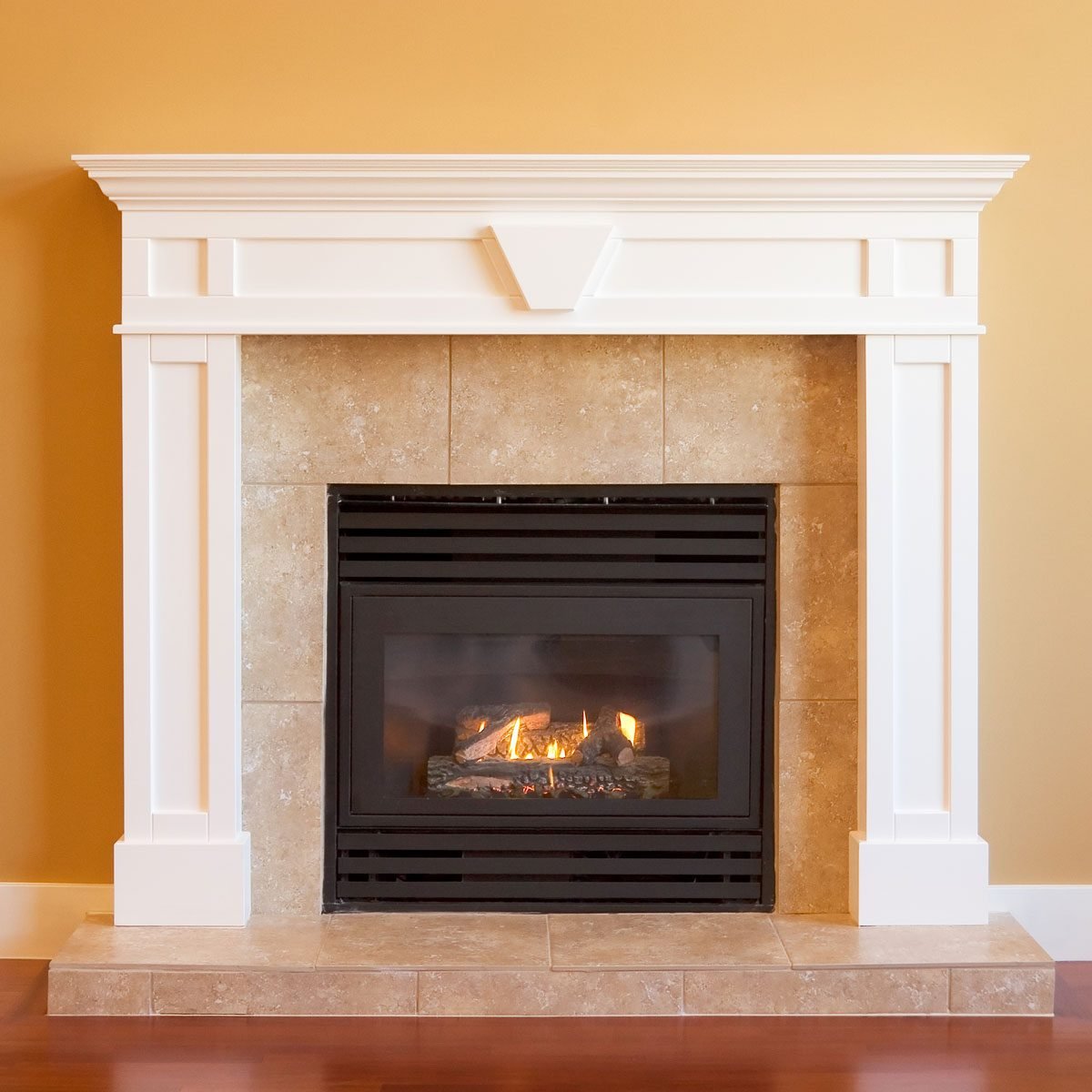
Direct vent gas fireplaces are highly efficient and versatile, making them a favorite among homeowners. These fireplaces draw air for combustion from outside the home and expel exhaust gases directly outside through a dual-chambered venting system. This setup ensures that indoor air quality remains high, as no combustion byproducts enter the living space. Direct vent fireplaces can be installed on exterior walls or through the roof, providing flexibility in placement. They are sealed combustion units, which means they operate with closed combustion chambers, enhancing safety and efficiency by preventing heat loss and drafts.
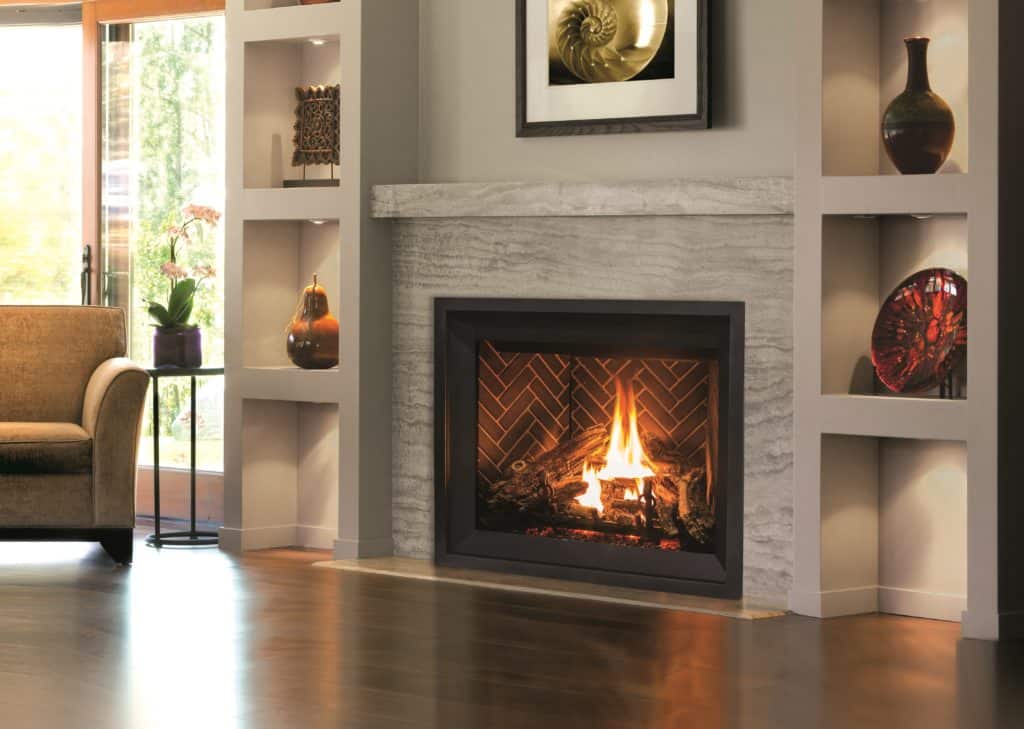
Ventless gas fireplaces, also known as vent-free or unvented fireplaces, offer the simplest installation process, as they do not require a chimney or external venting. These fireplaces are designed to burn gas cleanly and efficiently, producing minimal emissions. Ventless fireplaces can be installed almost anywhere in the home, making them a versatile option for spaces where traditional venting is impractical. However, because they release combustion byproducts directly into the room, it is crucial to ensure adequate ventilation and to follow local building codes and regulations. Additionally, they often come equipped with oxygen depletion sensors (ODS) to enhance safety by shutting off the gas supply if oxygen levels fall below a safe threshold.
Gas fireplace inserts are designed to retrofit existing wood-burning fireplaces, converting them into efficient gas units. These inserts are self-contained systems that slide into the existing fireplace cavity and use the existing chimney for venting, either as direct vent or natural vent (B-vent). Gas inserts offer a convenient way to upgrade an old, inefficient fireplace without extensive renovations. They come in various styles and sizes, allowing homeowners to maintain the aesthetic appeal of their original fireplace while benefiting from the convenience and efficiency of gas. Inserts can also significantly reduce drafts and heat loss associated with traditional wood-burning fireplaces.

Natural vent gas fireplaces, also known as B-vent fireplaces, use the home’s existing chimney system for venting combustion gases. These fireplaces draw air from inside the home for combustion and vent the byproducts through a vertical chimney. While they are less efficient than direct vent models, they can be a good option for homeowners looking to replace an existing wood-burning fireplace without major structural changes. B-vent fireplaces offer a realistic flame appearance and can be used as supplemental heating sources, but they do require careful consideration of draft issues and potential heat loss.
Log sets are another type of gas fireplace, typically used to enhance the appearance of existing wood-burning fireplaces. These sets consist of ceramic or refractory logs that mimic the look of real wood and are designed to be placed in the existing firebox. Log sets can be either vented or ventless, depending on the homeowner’s preference and the configuration of the existing fireplace. Vented log sets provide a more realistic flame and require an open chimney damper, while ventless log sets are more efficient and can be used in fireplaces without functional chimneys.
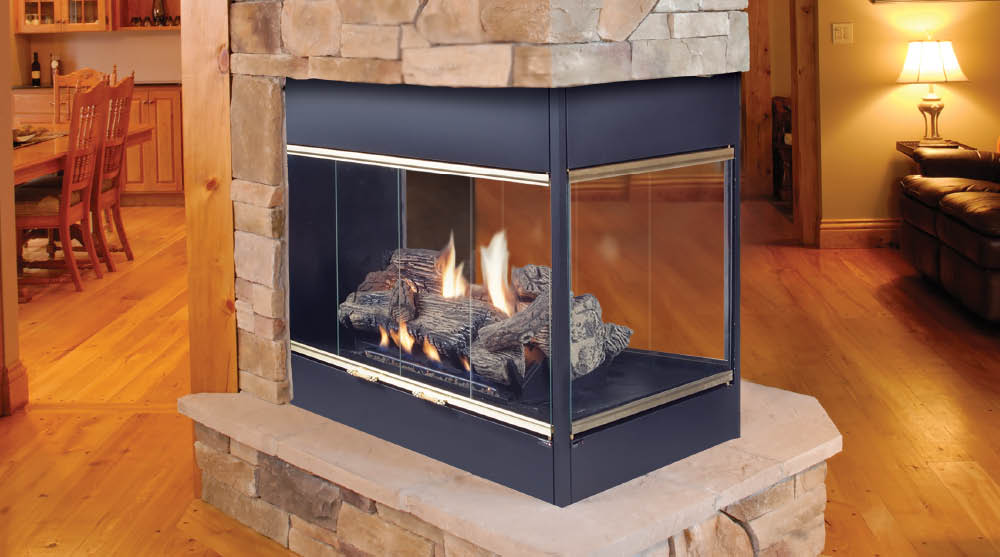
Last, contemporary gas fireplaces offer modern design elements, such as linear or ribbon burners, glass beads, or stones instead of traditional logs. These fireplaces cater to contemporary interior design trends and are often used as stylish focal points in modern homes. Contemporary gas fireplaces can be either direct vent or ventless, providing flexibility in installation and design. They often come with advanced features like remote controls, programmable thermostats, and adjustable flame settings, allowing homeowners to customize their fireplace experience.
Gas fireplaces come in various types, each catering to different installation requirements, aesthetic preferences, and efficiency needs. Whether opting for the high efficiency of direct vent models, the flexibility of ventless units, the convenience of inserts, the traditional appeal of natural vent fireplaces, the versatility of log sets, or the sleek design of contemporary fireplaces, homeowners have a wide range of options to choose from. Understanding the unique features and benefits of each type can help in selecting the best gas fireplace to enhance comfort, ambiance, and energy efficiency in the home.
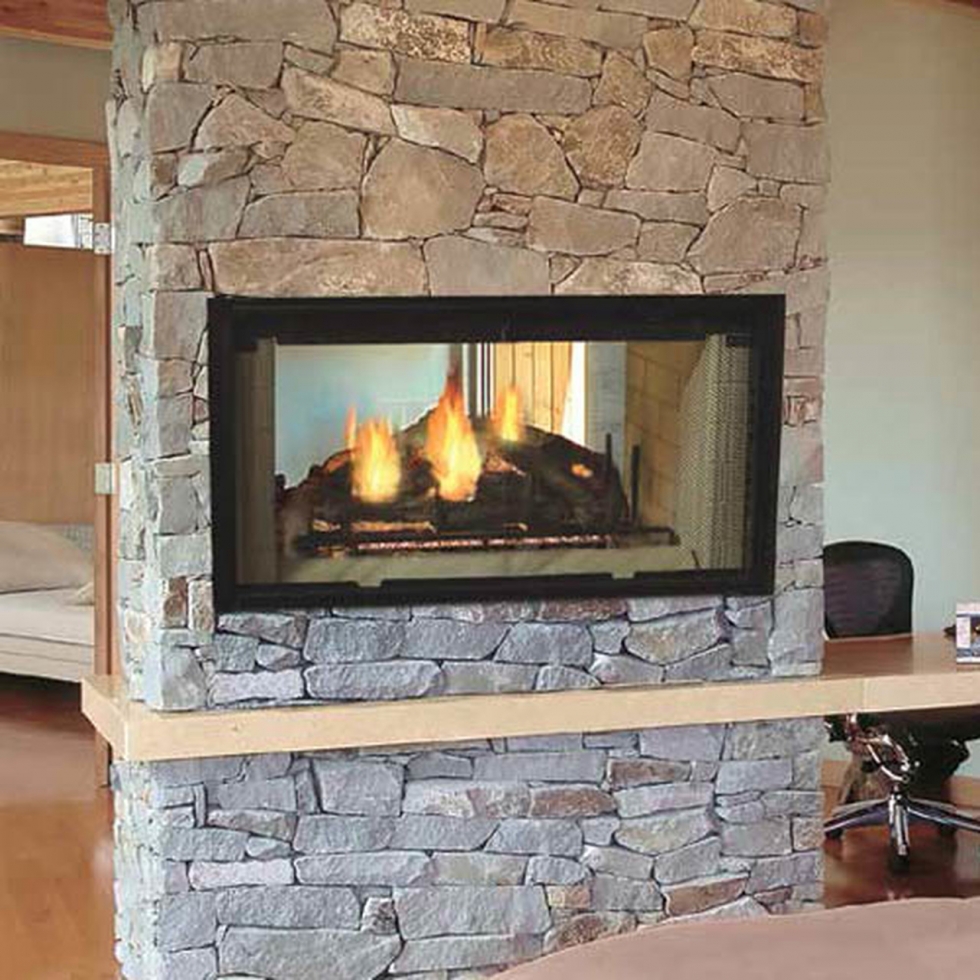
The 7 Best Gas Fireplace Inserts
:max_bytes(150000):strip_icc()/ScreenShot2018-06-28at11.08.16AM-5b34fa02c9e77c00372da939.png)
gas types fireplace BG Sections fireplace

Which gas fireplaces are safest?

a fire burning inside of a fireplace in a living room

Types of Gas Fireplaces: Picking the Perfect One for Your Home

اعمال جميلة ومميزة فى تصميمات مدافئ غاية فى الروعة والجمال شاهدوها الان

Top Gas Fireplace Types: Costs, Features & Designs
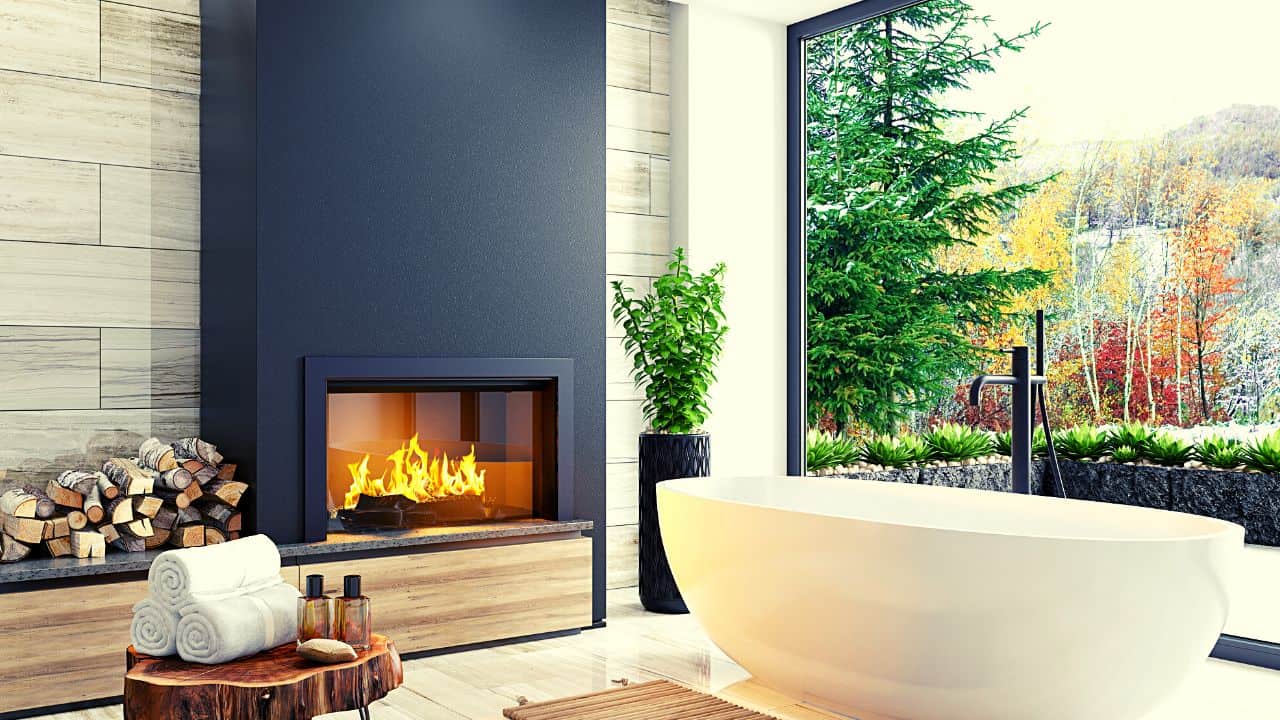

Related Posts:
- Gas Fireplace Built-in
- Gas Fireplace No Pilot Light
- Gas Fireplace Pilot Light Will Not Stay Lit
- Valor Gas Fireplace Troubleshooting
- Gas Fireplace Wiring Diagram
- Gas Fireplace Regulator
- Gas Fireplace Heat Output
- Gas Fireplace Heatilator
- Fireplace Gas Leak
- Gas Fireplace Tune Up
Gas fireplaces have become a popular choice for homeowners looking to add warmth and ambiance to their living spaces. With advancements in technology, there are now several types of gas fireplaces available on the market. In this guide, we will explore the different types of gas fireplaces, their benefits, pros and cons, common mistakes to avoid, and frequently asked questions.
Types of Gas Fireplaces
1. Inserts: Gas fireplace inserts are designed to fit into existing wood-burning fireplaces. They are a great option for homeowners looking to convert their traditional fireplace into a more efficient and convenient gas fireplace. Inserts come in a variety of styles and sizes to suit any decor, and they typically feature realistic flames and logs for a cozy ambiance.
2. Freestanding: Freestanding gas fireplaces do not require an existing fireplace or chimney for installation. These units come in a range of designs, from traditional to contemporary, and can be placed anywhere in a room to provide heat and visual appeal. Freestanding gas fireplaces are easy to install and can be moved to different locations if desired.
3. Built-in: Built-in gas fireplaces are integrated into the wall or a custom-built enclosure, creating a seamless look that adds value to any home. These fireplaces offer flexibility in terms of size and design options, allowing homeowners to customize the look of their living space. Built-in gas fireplaces are often used as a focal point in a room, providing both warmth and style.
4. Direct Vent: Direct vent gas fireplaces are sealed units that draw air from outside for combustion and expel exhaust gases through a vent pipe. This type of fireplace is more energy-efficient than traditional models because it does not lose heated air through a chimney. Direct vent gas fireplaces are safe to use in well-ventilated spaces and can be installed in various locations throughout the home.
Benefits of Gas Fireplaces
Gas fireplaces offer several advantages over traditional wood-burning fireplaces. They are easy to use, clean, and maintain, making them a convenient option for busy homeowners. Gas fireplaces also provide consistent heat output without the need for constant stoking or cleaning up ashes. Additionally, gas fireplaces are more energy-efficient and environmentally friendly than wood-burning models, reducing pollution and saving on heating costs.
Pros and Cons of Gas Fireplaces
While gas fireplaces offer many benefits, there are some drawbacks to consider as well. One potential downside is the cost of installation, which can be higher than that of traditional fireplaces due to the need for professional installation and venting systems. Gas fireplaces also require access to natural gas or propane fuel sources, which may not be feasible for all homeowners. Additionally, some people prefer the crackling sound and smell of burning wood, which cannot be replicated with a gas fireplace.
On the other hand, gas fireplaces provide instant heat at the push of a button, making them a convenient option for quick warmth on chilly days. They also produce less smoke and indoor air pollution compared to wood-burning fires, creating a cleaner indoor environment for those with respiratory issues or allergies. Overall, the pros of owning a gas fireplace often outweigh the cons for many homeowners looking for an efficient and low-maintenance heating solution.
Common Mistakes to Avoid
When choosing a gas fireplace for your home, it’s important to avoid common mistakes that can impact performance and safety. One common mistake is neglecting regular maintenance tasks such as cleaning the glass doors, checking for leaks in the gas line, and scheduling annual inspections by a professional technician. Failure to properly maintain your gas fireplace can lead to reduced efficiency, increased risk of carbon monoxide exposure, and potential safety hazards.
Another common mistake is installing the wrong size or type of gas fireplace for your space. It’s essential to assess your heating needs, room size, and aesthetic preferences before selecting a unit to ensure it meets your requirements effectively. Additionally, failing to follow manufacturer guidelines for installation or operation can void warranties and put your home at risk of fires or other safety issues.
Furthermore, overlooking ventilation requirements or using improper materials during installation can result in poor indoor air quality or damage to your property. It’s crucial to consult with qualified professionals when installing or servicing your gas fireplace to ensure compliance with local building codes and proper safety measures.
How much does it cost to install a gas fireplace?
The cost of installing a gas fireplace can vary depending on factors such as the type of unit chosen, labor costs in your area, and any additional features or accessories you select. On average,
Are gas fireplaces safe?
Yes, gas As with any heating applianceSafety precautions should always be taken when operating a gas should also be inspected annually by licensed professionals.
Gas fireplaces offer a convenient and efficient heating solution for homeowners looking to add warmth and ambiance to their living spaces. With a variety of types to choose from, such as inserts, freestanding, built-in, and direct vent options, there is a gas fireplace to suit every home and style preference. While there are pros and cons to consider, the benefits of gas fireplaces often outweigh the drawbacks for many homeowners.
To ensure optimal performance and safety, it’s essential to avoid common mistakes such as neglecting maintenance tasks, installing the wrong size or type of fireplace, and overlooking ventilation requirements. By consulting with qualified professionals and following manufacturer guidelines, you can enjoy the comfort and convenience of a gas fireplace for years to come.
If you have any additional questions or concerns about gas fireplaces, be sure to consult with a licensed professional or retailer for personalized guidance and recommendations. Stay warm and cozy with a gas fireplace in your home!
Can I use a gas fireplace during a power outage?
Gas fireplaces can typically still be used during a power outage, as they do not rely on electricity to function. However, it’s essential to check the specific model of your gas fireplace to ensure it can operate without power. Some units may require electricity for ignition or fan operation.
Are gas fireplaces energy-efficient?
Gas fireplaces are generally more energy-efficient than wood-burning fireplaces, as they produce more heat with less fuel. Direct vent gas fireplaces, in particular, are known for their high efficiency and ability to heat a room effectively. Using a programmable thermostat or zone heating can further improve the energy efficiency of a gas fireplace.
Can I convert my wood-burning fireplace to a gas fireplace?
Yes, you can convert your existing wood-burning fireplace to a gas fireplace using a gas fireplace insert. This option allows you to retain the look and feel of your traditional fireplace while enjoying the convenience and efficiency of a gas unit.
Do gas fireplaces require ventilation?
Yes, gas fireplaces require proper ventilation to ensure safe operation and prevent carbon monoxide buildup. Direct vent models have sealed combustion chambers and vent pipes that expel exhaust gases outside, while vent-free models use oxygen depletion sensors to monitor indoor air quality.
How long do gas fireplaces last?
With proper maintenance and care, gas fireplaces can last for many years. Regular cleaning, inspections, and servicing by qualified professionals can help extend the lifespan of your unit and ensure its continued safety and performance.
Gas fireplaces are a versatile and convenient heating option for homeowners seeking warmth and ambiance in their living spaces. By understanding the different types of gas fireplaces available, their benefits and drawbacks, common mistakes to avoid, and frequently asked questions, you can make an informed decision when choosing a gas fireplace for your home. Remember to prioritize safety, maintenance, and proper installation to enjoy the comfort and efficiency of your gas fireplace for years to come.